Interesting Facts
Czech Republic
Česká republika
A landlocked country in Central Europe bordered by Germany to the northwest and west, Austria to the south, Slovakia to the east and Poland to the northeast.
Motto: “Pravda vítězí” “Truth prevails”
Anthem: “Kde domov můj”
Where is my home?
Flag:
The coat of arms of the Czech Republic
(Czech: Státní znak České republiky:
Greater coat of arms
of the Czech Republic
Bohemia
Moravia Silesia (Slezko)
Capital: Prague
50°05′N 14°28′E
Official language: Czech
Ethnic groups:
64% Czechs
26% unspecified
5% Moravians
1.4% Slovaks
0.4% Poles
Religion:
80% non-declared or non-religious
10.3% Roman Catholic
9.7% Other
Government Unitary parliamentary:
constitutional republic
– President Miloš Zeman
– Prime Minister Bohuslav Sobotka
Legislature Parliament
– Upper house Senate
– Lower house Chamber of Deputies
Formation:
– Duchy of Bohemia c. 870
– Kingdom of Bohemia 1198
– Czechoslovakia 28 October 1918
– Czech Socialist Republic 1 January 1969
– Czech Republic 1 January 1993
– Joined the European Union 1 May 2004
Area
– Total 78,866 km2
30,450 sq mi
Population
– Sep 2014 estimate 10,538,275
– 2011 census 10,436,560
Currency Czech koruna (CZK)
Drives on the right
Calling code +420
The Czech state was formed in the late 9th century as the Duchy of Bohemia under the Great Moravian Empire. After the fall of the Empire in 907, the centre of power transferred from Moravia to Bohemia under the Přemyslids. In 1004, the duchy was formally recognized as part of the Holy Roman Empire,[11][12] becoming the Kingdom of Bohemia in 1212, and reaching its greatest territorial extent in the 14th century. The King of Bohemia did not rule only Bohemia itself, but also other lands, which formed together the so-called Crown of Bohemia, and he had the right to elect the Holy Roman Emperor. In the Hussite wars of the 15th century driven by the Bohemian Reformation, the kingdom faced economic embargoes and defeated five crusades proclaimed by the leaders of the Roman Catholic Church and organized mainly by the emperor and princes of the Holy Roman Empire.
Following the Battle of Mohács in 1526, the whole Crown of Bohemia was gradually integrated into the Habsburg Monarchy alongside the Archduchy of Austria and the Kingdom of Hungary. The Bohemian Revolt (1618–20) against the Catholic Habsburgs led to the Thirty Years’ War, after which the monarchy consolidated its rule, re-imposed Catholicism, and adopted a policy of gradual Germanization. With the dissolution of the Holy Roman Empire in 1806, the Bohemian Kingdom became part of the Austrian Empire. In the 19th century, the Czech lands became the industrial powerhouse of the monarchy and the core of the Republic of Czechoslovakia, which was formed in 1918 following the collapse of the Austro-Hungarian Empire after World War I.
Czechoslovakia was occupied by Germany in World War II, and was liberated in 1945 by Soviet and American forces. The Communist Party of Czechoslovakia won the 1946 elections. Following the 1948 coup d’état, Czechoslovakia became a single-party communist state under Soviet influence. In 1968, increasing dissatisfaction with the regime culminated in a reform movement known as the Prague Spring, which ended in a Soviet-led invasion. Czechoslovakia remained occupied until the 1989 Velvet Revolution, when the communist regime collapsed and a multiparty parliamentary republic was formed. On 1. January 1993, Czechoslovakia peacefully dissolved, with its constituent states becoming the independent states of the Czech Republic and Slovakia.
The Czech Republic is a developed country, with an advanced, high income economy,and high living standards.The UNDP ranks the country 15th in inequality-adjusted human development.The Czech Republic also ranks as the 11th-most peaceful country, while achieving strong performance in democratic governance. It is a member of the European Union, NATO, the OECD, the OSCE and the Council of Europe.
Interesting facts about Czech Republic
Sugar cubes were invented in Dačice Czechoslovakia in 1841.
Jacob Christoph Rad moved from Austria to be a director of a sugar refinery in Dačice in Moravia(* 25 March 1799 in Rheinfelden – † 13 October 1871 in Vienna).
At that time sugar would be formed into elegant but not very practical cone shape.
After purchasing sugar it would have to be chopped into small pieces to be served with coffee and tea. It would be considered a luxury to have sugar with your hot beverage, so it would be used only in high society.
Juliana Radová Jacob Christoph Rad’s wife loved hosting fancy parties, and sugar was often served at her household to any hot beverage. One day as she was carving pieces of sugar from the sugar cone, she cut her finger. With wrapped finger she approached her husband and with frustration and concern she informed him that he should do something about it and make something smaller. Her request became an inspiration to her husband. He invented a press that would consist of a metal plate with 400 square openings, into which sugar powder was pressed, and emptied unto wooden block and dried
and emptied unto wooden block and dried
for 12 hours before packaging .
The first sugar cubes were given to his wife as a gift, 300 red and white cubes of sugar packed in elegant box. Jacob Christoph Rad was loving husband and father to 15 children.
Welcoming tradition
2)
Traditions are kept and past on to the next generation. One of the oldest traditions Czech nation is still practicing is the way how they greet important guests to their home country.
Chosen youth dressed in the Czech National costume welcomes important guests by offering bread with salt.
You have to understand the importance of bread and salt to this nation, to except this welcoming gesture as a honor.
Looking back in history Bread played important role in festivities and honoring events. It was considered to have a greater value than gold. It would be used during crowning new kings as a symbol of hard work , purity , love, and worthiness. It should be considered a great honor to be offered this gesture. To refuse this gift could be considered a great offense to the nation. 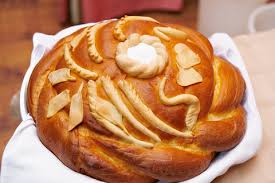
Here are some old Czech proverbs describing the importance of bread:
-A slice of bread at home is worth more than a cow in other nation.
-Only bread can satisfy your hunger
-You can’t overeat on bread
-It’s as good as a slice of bread
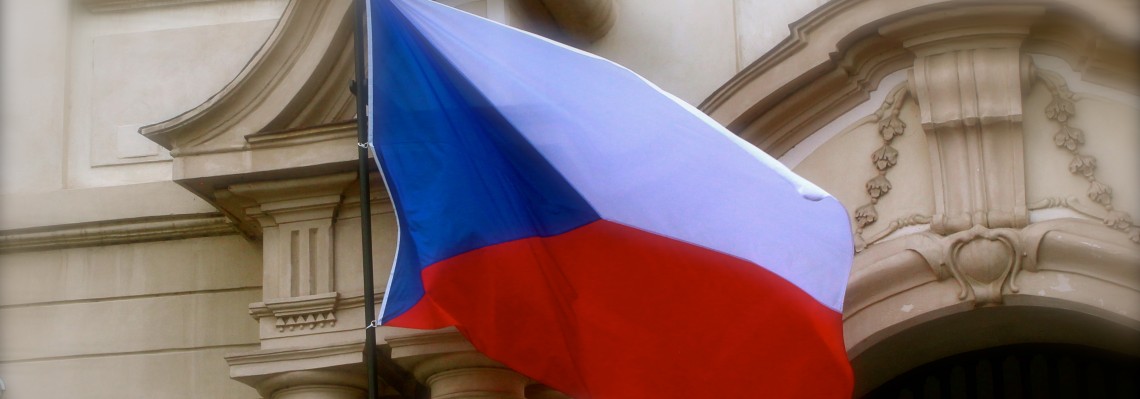
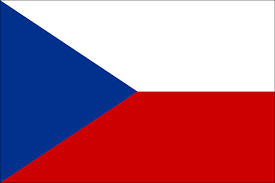
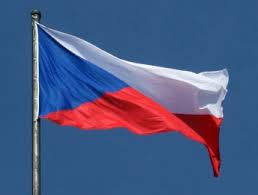
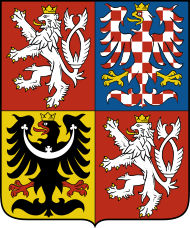
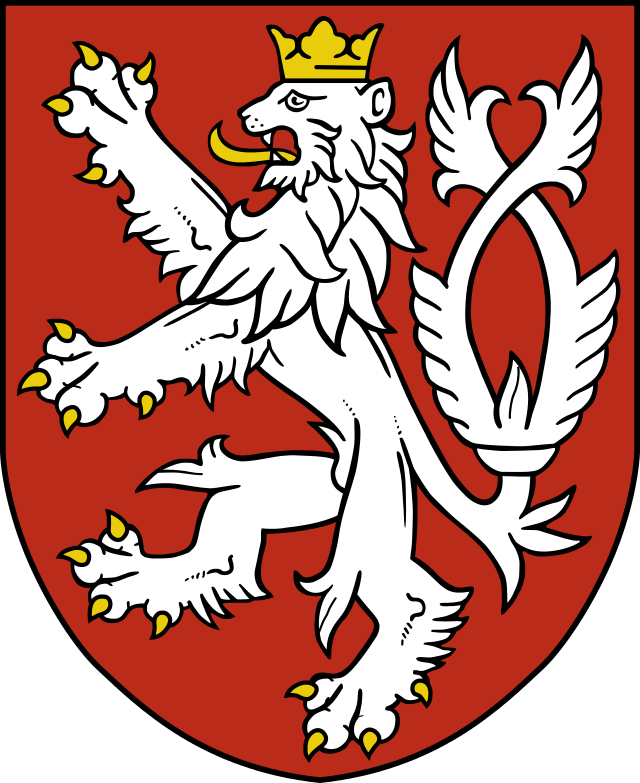


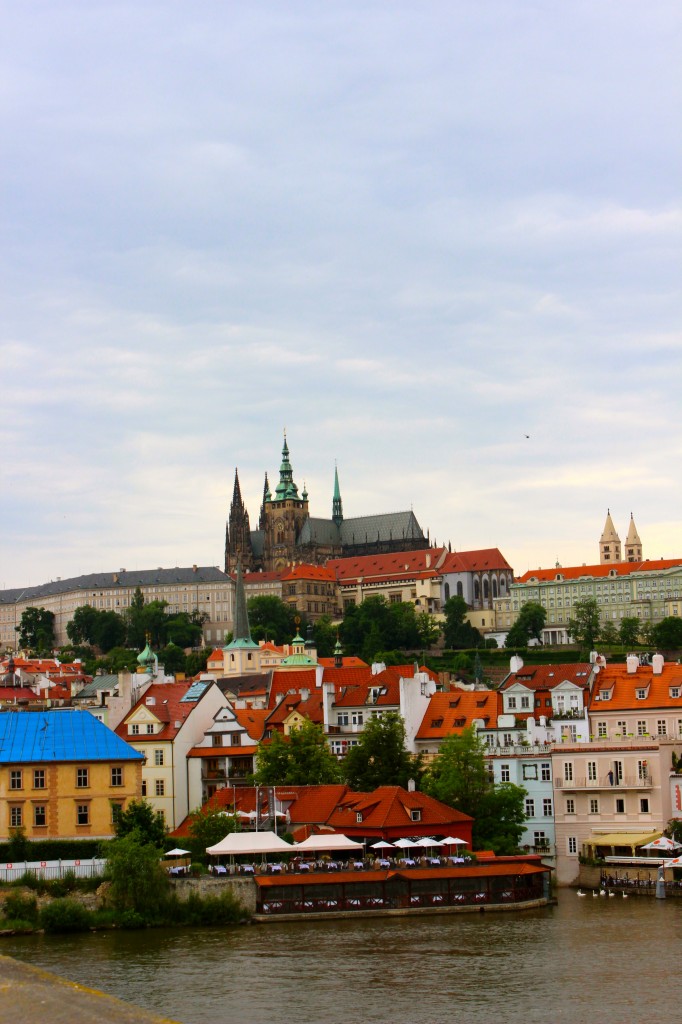
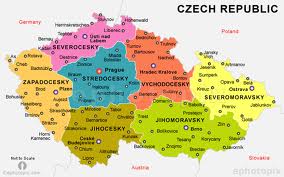
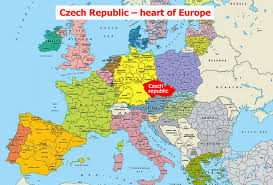

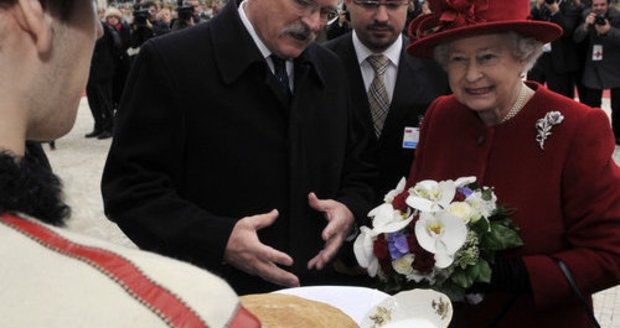
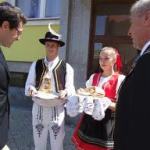
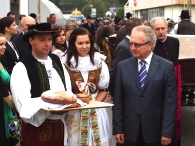
You forgot to mention that under the Communists the lion lost his crown and got a Communist star instead–that symbol still makes me cringe.
Also, on the Czech proverbs related to bread don’t forget “odrikaneho chleba nejveci krajic”–I probably misspelled, but I left in 1969 just before my 5th birthday so my Czech is good (spoke it at home) but not perfect.
Also “ koho chleba jíš, toho píseň zpívej “
or “ všude chleba o dvou kůrkách “ – so true, we have a lot of sayings in Proverbs on bread. And even though I am not normally eating much bread, when I am in the Czech Republic, I am just binging on bread, rohlíky, housky, you name it – no úplně všechno mi tam chutná!!!
I love it. I know how can you not, rohliky is the bomb.;)
This is actually useful, thanks.
Beautifully written, the whole page. Makes my eyes watery.
Krasne napsane, slzy se mi hrnou do oci… 🙂